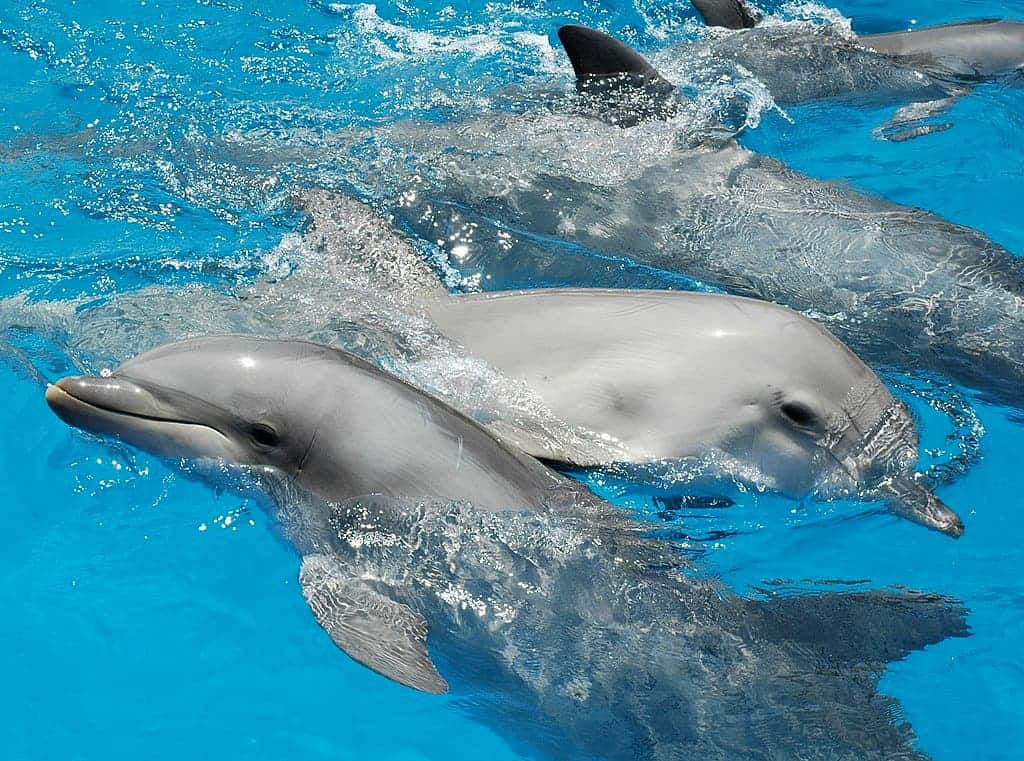Most people can recognize their friends by at least two senses – either the face or the sound of their voices. For more intimate relationships it’s even possible to identify someone by signature scents, such as their perfume. But for bottlenose dolphins, it’s the taste that helps them recognize their friends. In particular, the taste of their friends’ urine.

Bottlenose dolphins (Tursiops truncates) are found throughout the world in offshore and coastal waters. They are a very intelligent species and are known to use sound for communication and to hunt for food. They’re also quite social; while they can travel alone, they often hang around in groups of about 12.
Researchers have long known that individual dolphins can identify themselves and others by their unique signature whistles — they even have names that they use for each other. But apparently, that’s not the only way they recognize each other. Their unique sense of taste allows dolphins to identify their peers through urine and other excretions, an international team of researchers found.
“Dolphins keep their mouths open and sample urine longer from familiar individuals than unfamiliar ones,” first author Jason Bruck of the Stephen F. Austin State University in Texas told AFP news agency. “This is important because dolphins are the first vertebrate ever shown to have social recognition through taste alone.”
Golden friendship
Bruck and his team worked with dolphins from the Dolphin Quest resorts in Hawaii and Bermuda that swim with tourists every day. These dolphins live in natural seawater in their social groups so they were ideal to study. By training the animals to give urine samples, the researchers could create a collection that was used to present tastes to dolphins.

For the first part of the experiment, the team presented eight dolphins with urine samples from familiar and unfamiliar individuals, finding they spent up to three times as long sampling urine from those they knew. Genital inspection, when a dolphin uses its jaw to touch the genital of another individual, is common in their interactions.
Then, for the second part, the researchers paired urine samples with recordings of signature whistles played in underwater speakers, matching to the same dolphin that provided the urine or to another animal. As it turns out, dolphins remained close to the speaker more time when the vocalization corresponded to the urine sample
Bottlenose dolphins use signature whistles to selectively address specific individuals and can memorize these for at least 20 years. Using taste as well could be beneficial in the open ocean as urine plumes persist for a while after an animal has left, so urine would alert dolphins of the recent presence of an individual even if it hadn’t done so vocally.
The researchers believe that it’s likely that dolphins can obtain additional information from urine, such as reproductive state, or using pheromones to influence each other’s behavior. The findings also suggest that dolphins may be able to identify objects that “may be used in mental operations as planning and mental time travel,” the researchers wrote.
The study was published in the journal Science.


